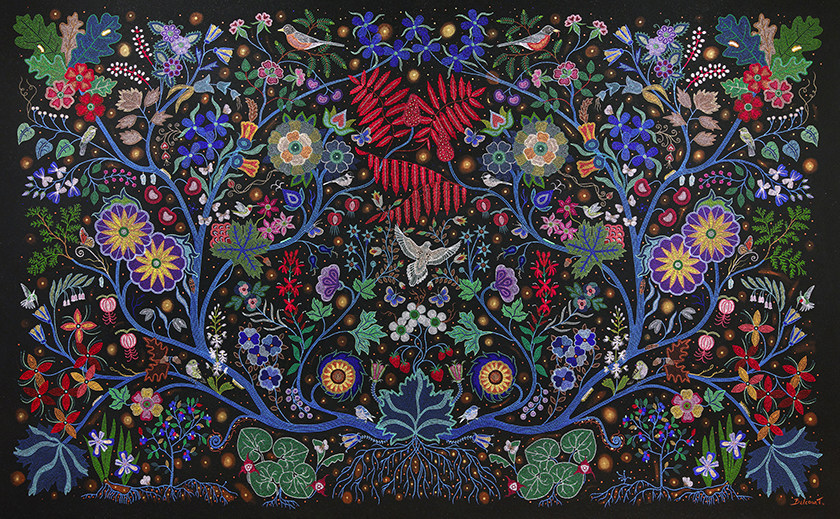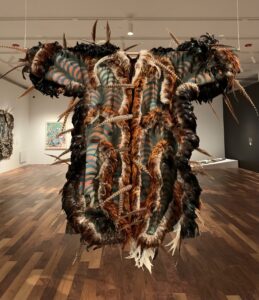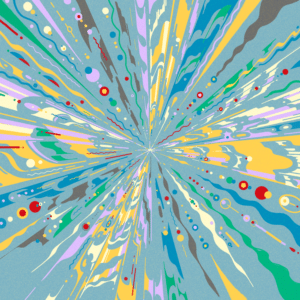A groundbreaking exhibition dedicated to the work of Native women artists opens on September 27, 2019 at the Frist Art Museum. Organized by the Minneapolis Institute of Art, “Hearts of Our People: Native Women Artists” features more than 100 objects from ancient times to present day. Curators relied on guidance from an all-female advisory panel of Native artists and experts to tell a narrative that would help visitors understand the traditional role of Native women artists in their communities while recognizing that “Native Americans are not a monolithic group…each Native artist, like artists the world over, brings her own life experience, skill, and individual style to her art.”
The Frist Art Museum presents Hearts of Our People: Native Women Artists, the first major museum exhibition exclusively devoted to Native women artists from all over the United States and Canada, ranging across time and media. Organized by the Minneapolis Institute of Art (Mia) and developed in close cooperation with leading Native artists and historians, the groundbreaking exhibition offers multiple perspectives to enhance understanding of Native art practices. Hearts of Our People will be on display in the Ingram Gallery from September 27, 2019, through January 12, 2020.
Women have long been the creative force behind Native art; however, their cultural contributions have been overlooked historically. Hearts of Our People not only helps visitors understand the traditional role of Native women artists in serving the cultural, economic, diplomatic, and domestic needs of their communities, but also goes beyond the longstanding convention of treating these artworks as unattributed representations of entire cultures. The contemporary works on view in particular highlight the intentionality of the individual artist and demonstrate how artists have been influenced by the preceding generations.
Approximately 115 objects made from ancient times to the present day are featured, including traditional textiles, baskets, beadwork, and pottery, as well as painting, photography, sculpture, video, and installation art. The works are drawn from Mia’s permanent collection and loans from more than 30 institutions and private collections.







